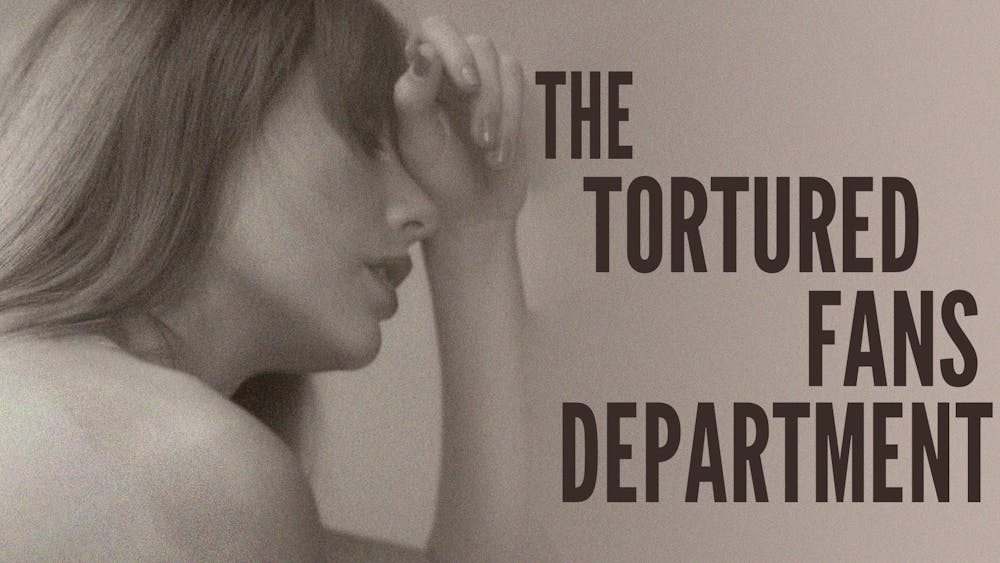"I grew up on Ayn Rand," vice president hopeful Paul Ryan told an audience in 2005. "I grew up reading Ayn Rand and it taught me quite a bit about who I am and what my value systems are, and what my beliefs are." While singing the praises of an Objectivist author might not have been the safest move, Ryan definitely won points in my arbitrary little book of standards.
"The Fountainhead" was Ayn Rand's first major literary success. I read it over the summer on the train to Penn Station - Manhattan's skyline made the perfect backdrop. Set in the 1920s, Rand delves into the lesser-known architectural scene of New York City.
While the romantic plotline between the protagonist, Howard Roark, and his love interest, Dominique Francon, is addictive (think the masochistic electricity of "Twilight" fused with the sophisticated banter of "The Great Gatsby"), Rand mostly strives to deify the individual.
The book reads like an extended allegory. All the characters exhibited physical attributes to match their role in the book. This is a transparent device; the good guys are tall, sharp and athletic, and the bad ones are mousy, wrinkled or sickly. The dialogue mimics Plato's "The Republic," and drags on for just as long.
"The Fountainhead," and "Atlas Shrugged," Rand's other infamous philosophical novel, are indulgent, but at least she compels readers to stay with her. The profound imagery and melodramatic plot twists made me catch my breath at times. In a word, "The Fountainhead" is empowered. The main character, Howard Roark, is a messianic character, who adheres to his architectural integrity at all costs. He fails out of architecture school because he refuses to adhere to conventional architectural styles.
Roark doesn't build to please the crowds. He builds to gratify himself. He also detests self-promotion, and does nothing to stop the greedy, untalented Peter Keating, a fellow student, who plagiarizes his beautiful work.
Fueled by his self-confidence, independence, design genius and gallons of coffee, Roark breaks from the "mainstream" and begins anew. His projects are few and far between, but he presses on with heartbreaking diligence. He is cold to the pull of fame and fortune that Keating enjoys at the best firm in New York. Only inspired design sustains him; each new design hits him like a revelation, like a shot of cocaine.
Roark is one of the most intimidating and inspiring characters I have encountered in literature. His work ethic puts to shame the most devout architects in the city and his style is unapologetic and brilliant.
Although the readers can't see his ingenious New York City skyscrapers, Rand humanizes the blueprints with emotion. I sensed how his buildings vaulted to the sky and how the spaces he created curved to embrace the awestruck characters with intimacy and intuition.
Rand's unabashed egoism enthralls as it comes blazing through "The Fountainhead." To all architecture students or just students out there looking for a little motivation: you absolutely must read this book, whether you agree with Ryan's or Rand's politics or not.
Few will contest her point of view is extreme, so no one will blame you (or me) for reveling in her strange, angular and self-obsessed world.
Contact Meghan Thomassen at
mthomass@nd.edu
The views in this column are those of the author and not necessarily those of The Observer.













